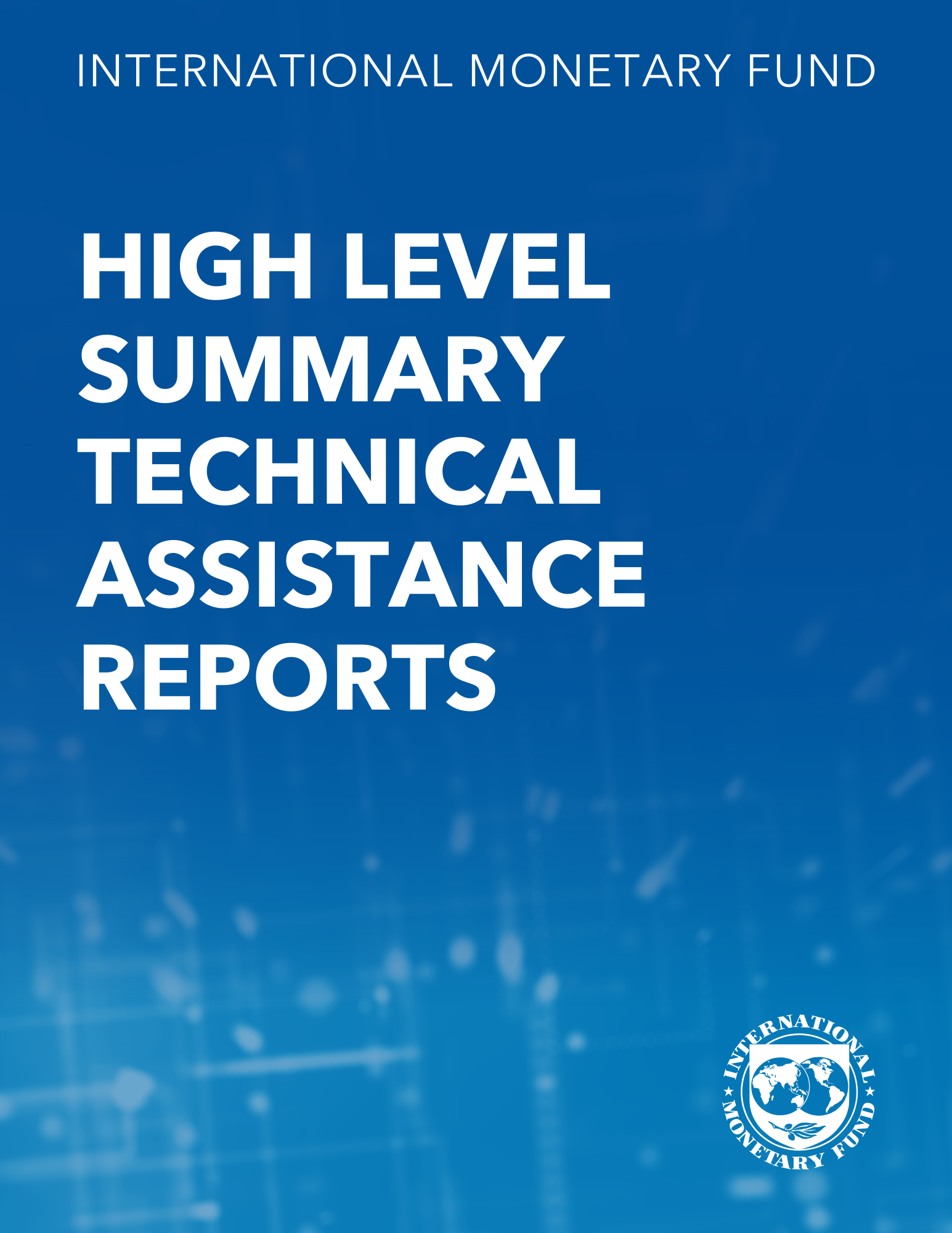Exchange Rates in the Periphery and International Adjustment Under the Gold Standard
February 1, 2003
Summary
Subject: Commodities, Exchange rates, Foreign exchange, Gold, Nominal effective exchange rate, Real effective exchange rates, Real exchange rates
Keywords: countries Mexico, EC coefficient, elasticity of the trade balance, exchange rate, exchange rate adjustments in the periphery, exchange rate movement, exchange rate peg, exchange rates, fluctuations in the periphery, Gold, Gold standard, gold standard periphery, income elasticity, international trade, Nominal effective exchange rate, Real effective exchange rates, Real exchange rates, REER elasticity, silver standard, silver-standard regime, South America, trended appreciation, WP
Pages:
37
Volume:
2003
DOI:
Issue:
041
Series:
Working Paper No. 2003/041
Stock No:
WPIEA0412003
ISBN:
9781451846126
ISSN:
1018-5941






